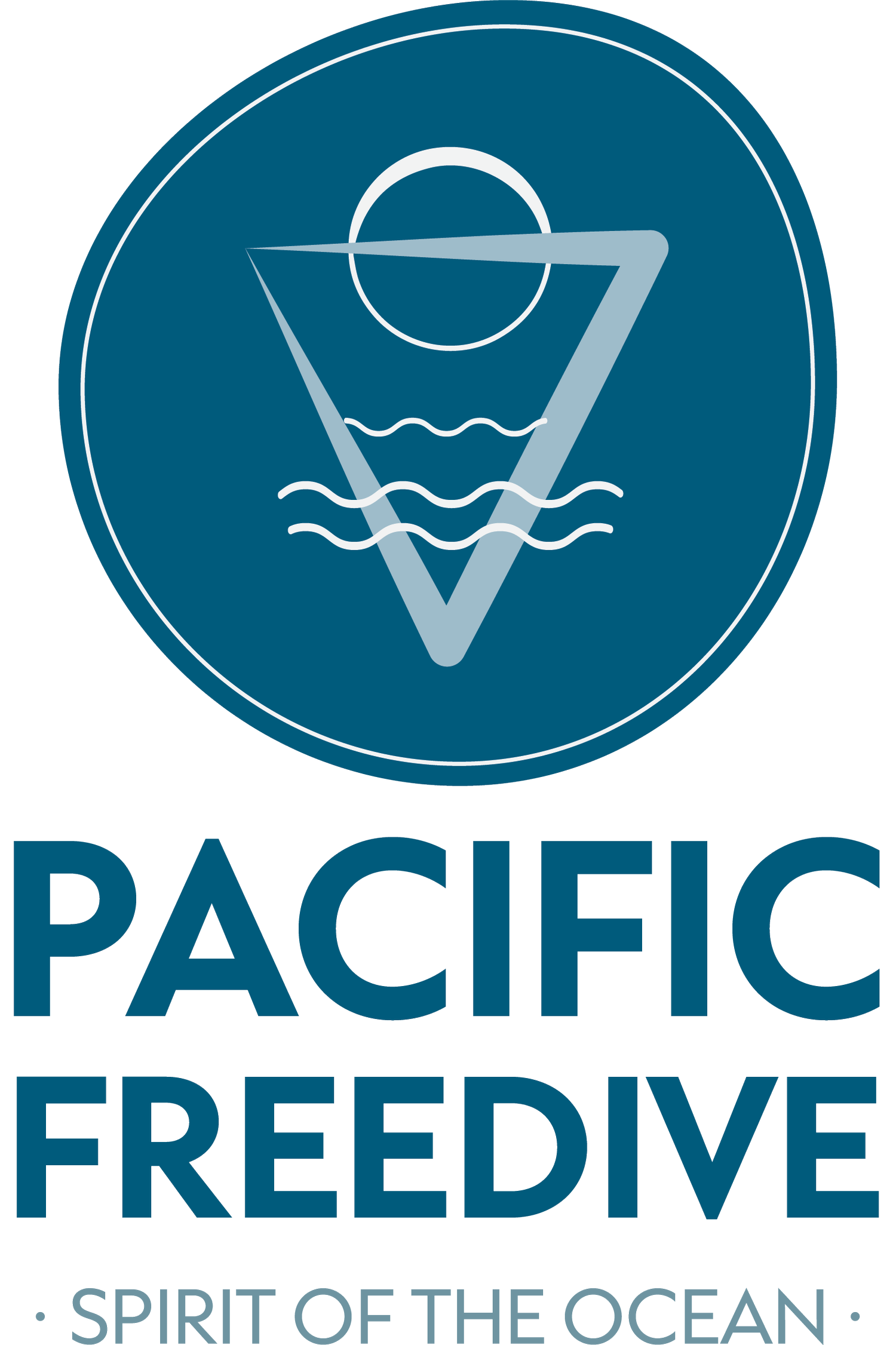Deep Dive into Freediving Breathing Techniques: From Tidal to Diaphragmatic Breathing
The mystical world of freediving offers profound experiences, but the dive's depth and duration are significantly influenced by the breath. Breathing techniques are crucial for safety, enhanced performance, and a deeper connection with the ocean's embrace. Let's explore the intricacies of some core freediving breathing techniques: tidal breathing, diaphragmatic breathing, the final breath, and breath-hold training.
1. Tidal Breathing
Tidal breathing refers to the natural, relaxed breathing we do without thinking, where air is inhaled and exhaled rhythmically. In freediving:
Purpose: It helps maintain a relaxed state, reducing anxiety or overexcitement before a dive. This state aids in conserving oxygen and prolonging dive time.
Technique: Engage in gentle, shallow breaths, maintaining a consistent rhythm. Imagine the rise and fall of ocean tides, letting your breath flow naturally without force.
2. Diaphragmatic Breathing
Delving deeper into the physiology of breath, diaphragmatic breathing stands out as a foundational technique.
Purpose: This breathing ensures optimal oxygen intake, promotes relaxation, and helps manage buoyancy underwater.
Technique: Place a hand on your abdomen. Inhale slowly, expanding the diaphragm and letting the stomach rise. The chest should remain relatively still. Exhale gently, feeling the stomach fall back. This deep, abdominal breathing maximizes oxygen uptake and ensures even distribution of air in the lungs.
3. The Final Breath
As the gateway between the surface and the deep blue, the final breath is pivotal.
Purpose: To fill the lungs to their maximum capacity, ensuring the diver has an optimal amount of oxygen for the dive.
Technique: Starting with a complete exhale, expelling as much air as possible, you then take a full, deep inhale. Begin with diaphragmatic breathing, filling the lower lungs, and continue inhaling into the chest, maximizing air volume.
4. Breath-Hold Training
The essence of freediving lies in the breath-hold. Training is essential to extend this hold safely and efficiently.
Static Apnea: This involves holding your breath while floating on the surface. The goal is to extend the time without any movement, training the body to efficiently use its oxygen stores.
Dynamic Apnea: Here, divers challenge themselves by swimming distances underwater in a pool. This trains both breath-hold and efficient movement.
CO2 and O2 Tables: These structured exercises help divers acclimatize to higher CO2 levels or lower O2 levels. By gradually adjusting to these conditions, divers can enhance their tolerance and safety.
Breathing, often seen as a simple, involuntary act, gains profound significance in the world of freediving. With techniques like tidal breathing, diaphragmatic breathing, and advanced breath-hold training, divers can enhance their experiences, ensuring they dive deeper, stay longer, and most importantly, remain safe. As you embark on your freediving journey, remember that every breath counts, both above and below the water.



